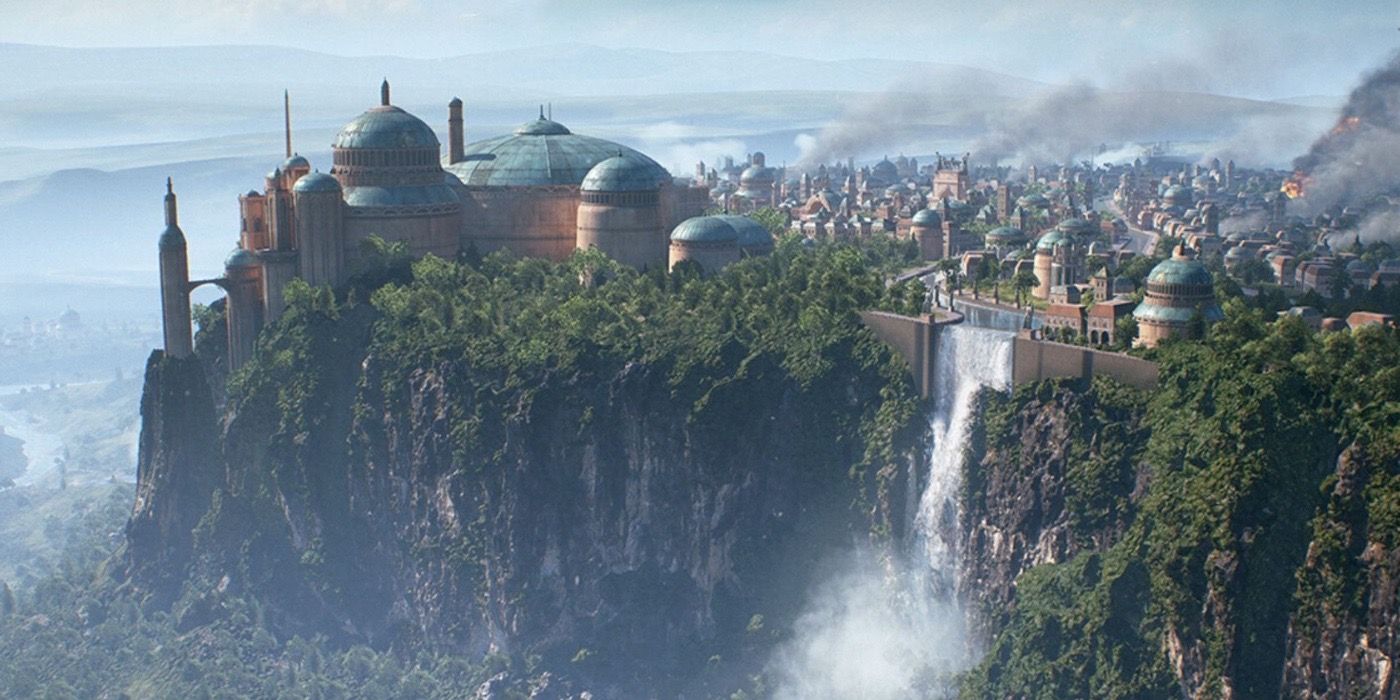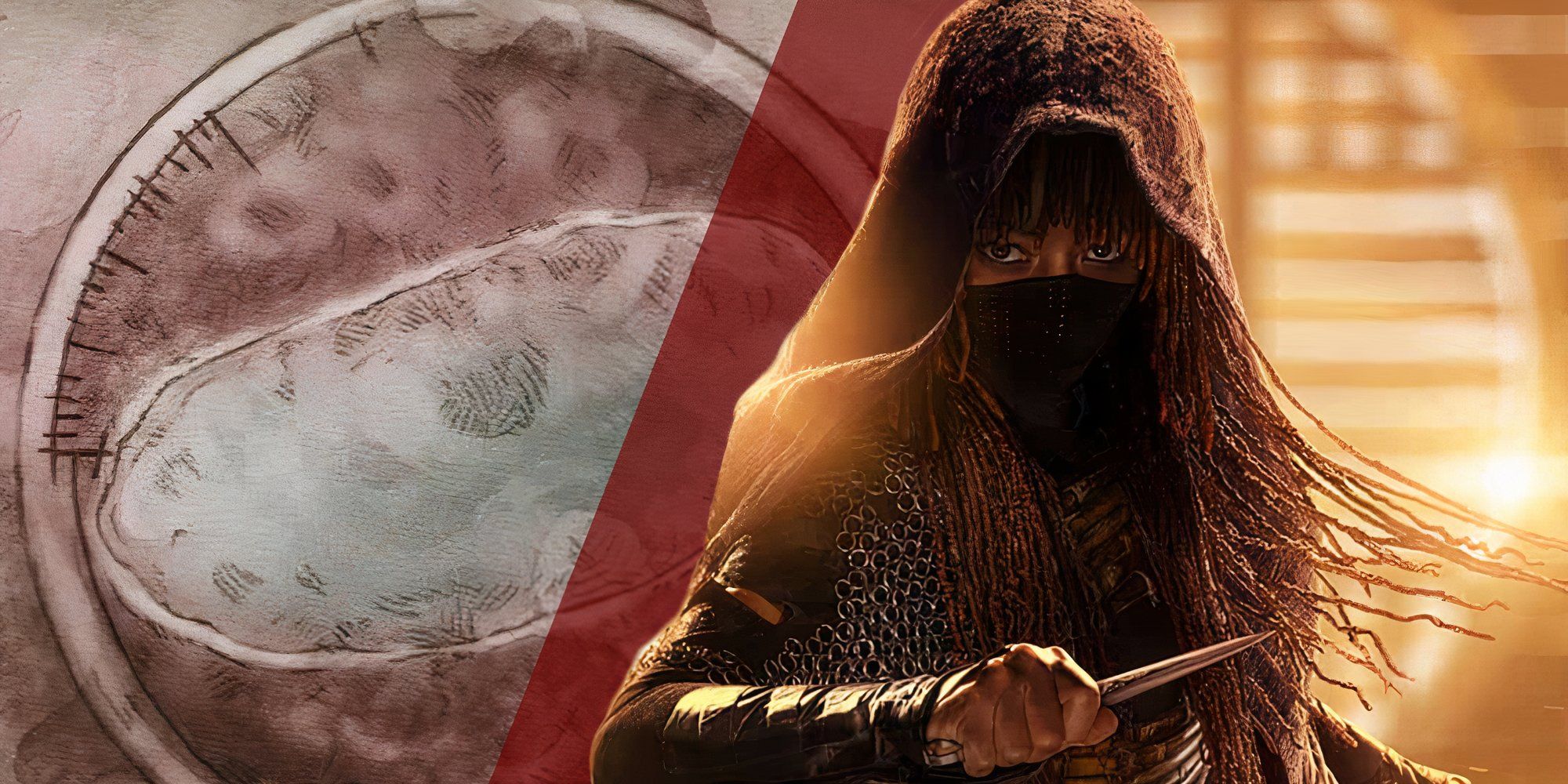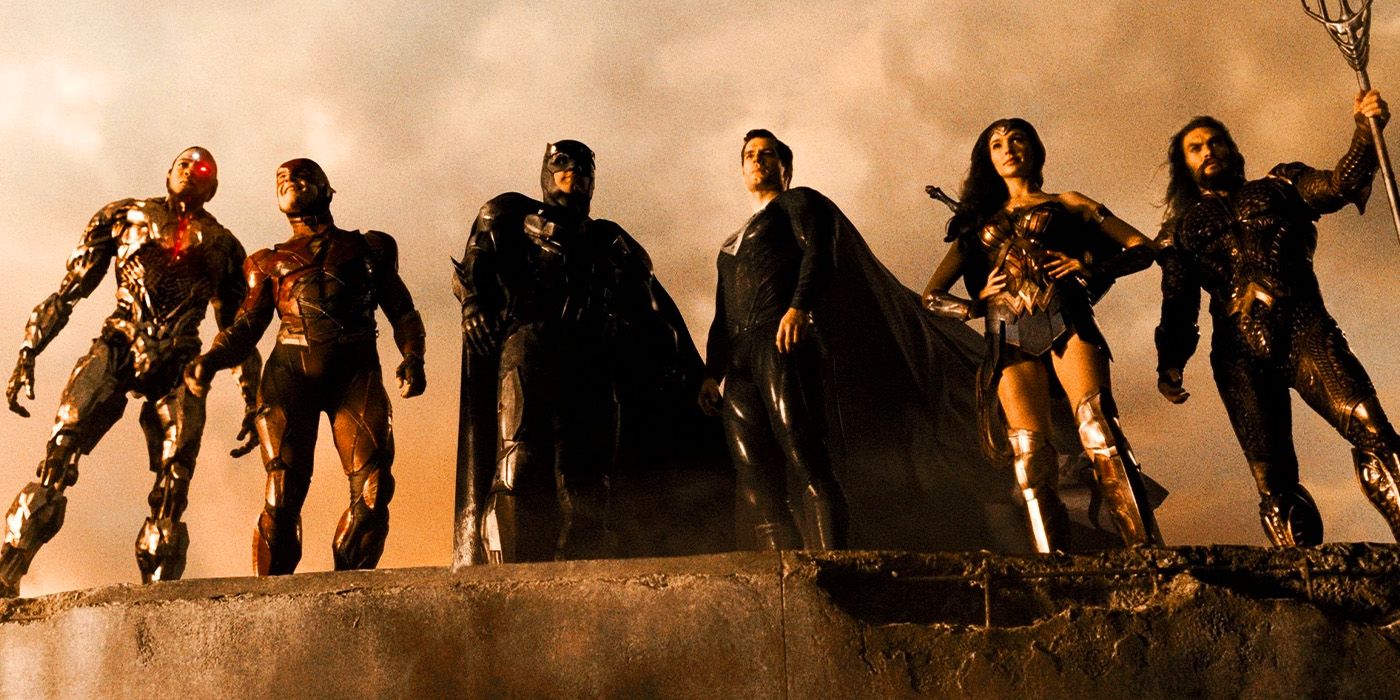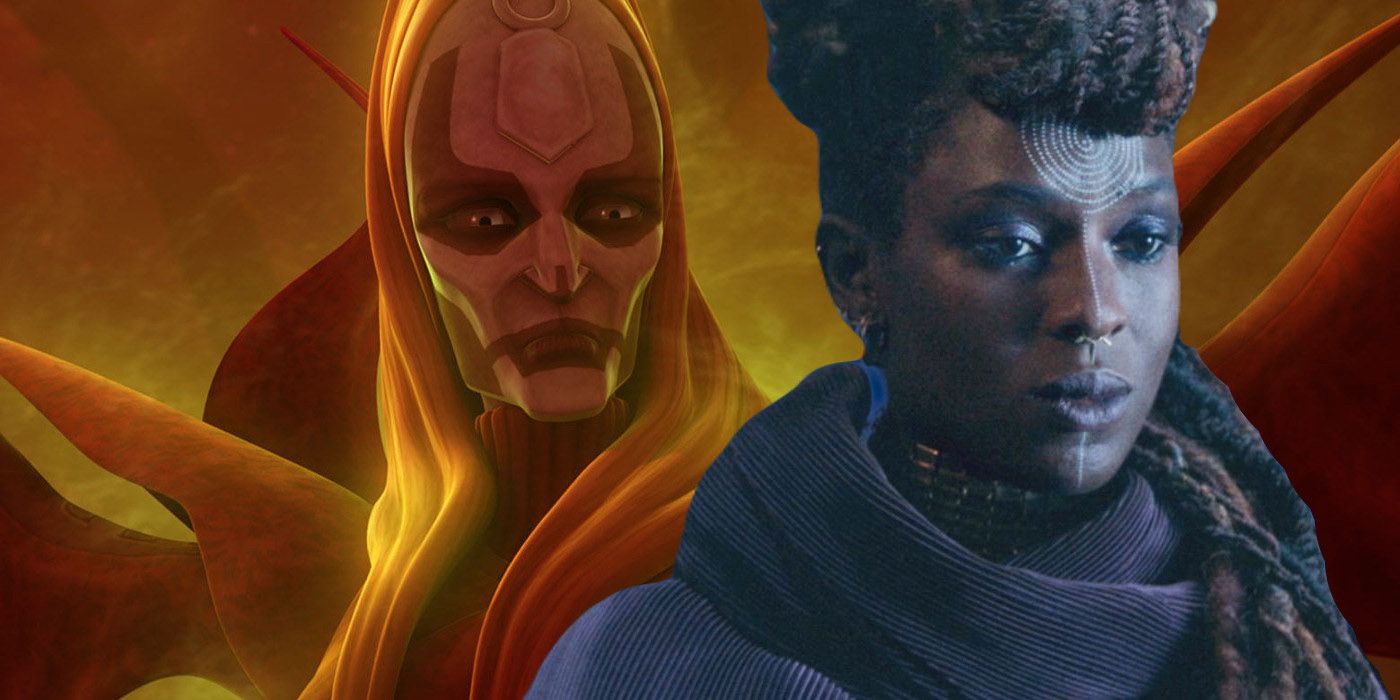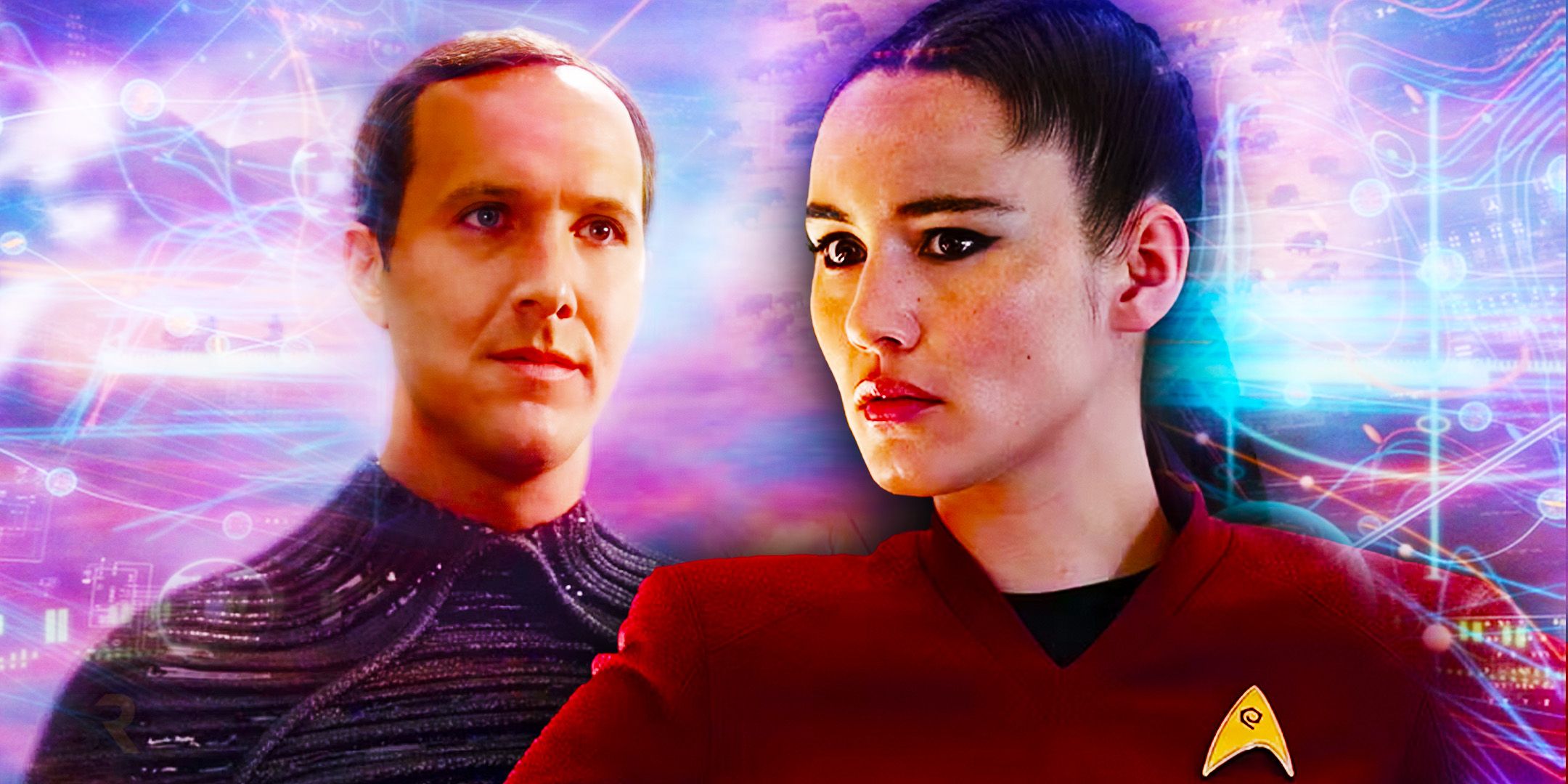Star Wars features a wide galaxy full of diverse planets, but many of those planets don’t have very diverse ecosystems, with most featuring only a single biome. From the deserts of Tatooine to the frosted tundras of Hoth and the oceans of Mon Cala, the planets in the Star Wars galaxy seem to be one-trick ponies. All the Star Wars movies have shown a huge portion of the galaxy, so it is a bit strange that more diverse planets aren’t more common.
Comparing Star Wars planets to Earth highlights how strange the lack of diversity can be. Earth alone has more biomes than 20 different planets put together. Even with the lack of environmental diversity and the abundance of desert planets, many Star Wars planets with mono-biomes have become some of the best in the franchise. It turns out that these planets are not the exception; Earth is. In the book The Science of the Mandalorian, author Mark Brake looked at Earth’s solar system to explain the mono-biomes shown throughout the franchise.
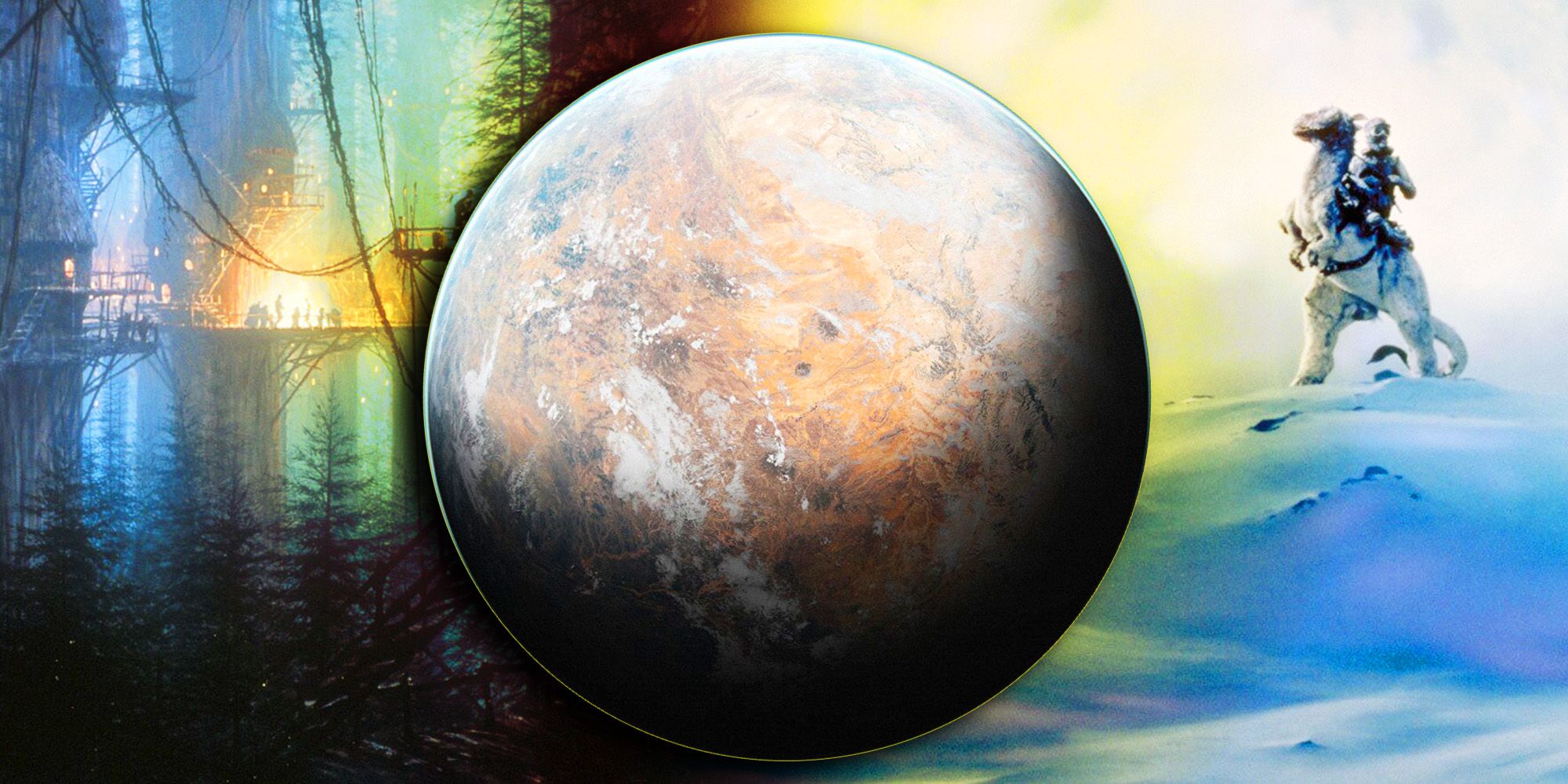
Related
All 7 Planets In The Star Wars Original Trilogy Explained
George Lucas’ Star Wars original trilogy introduced viewers to seven iconic planets. Hhere’s all you need to know about their wider history and lore!
Others Planets Have Mono-Biomes Like Star Wars’
Earth’s Galaxy Isn’t All That Different From Star Wars’
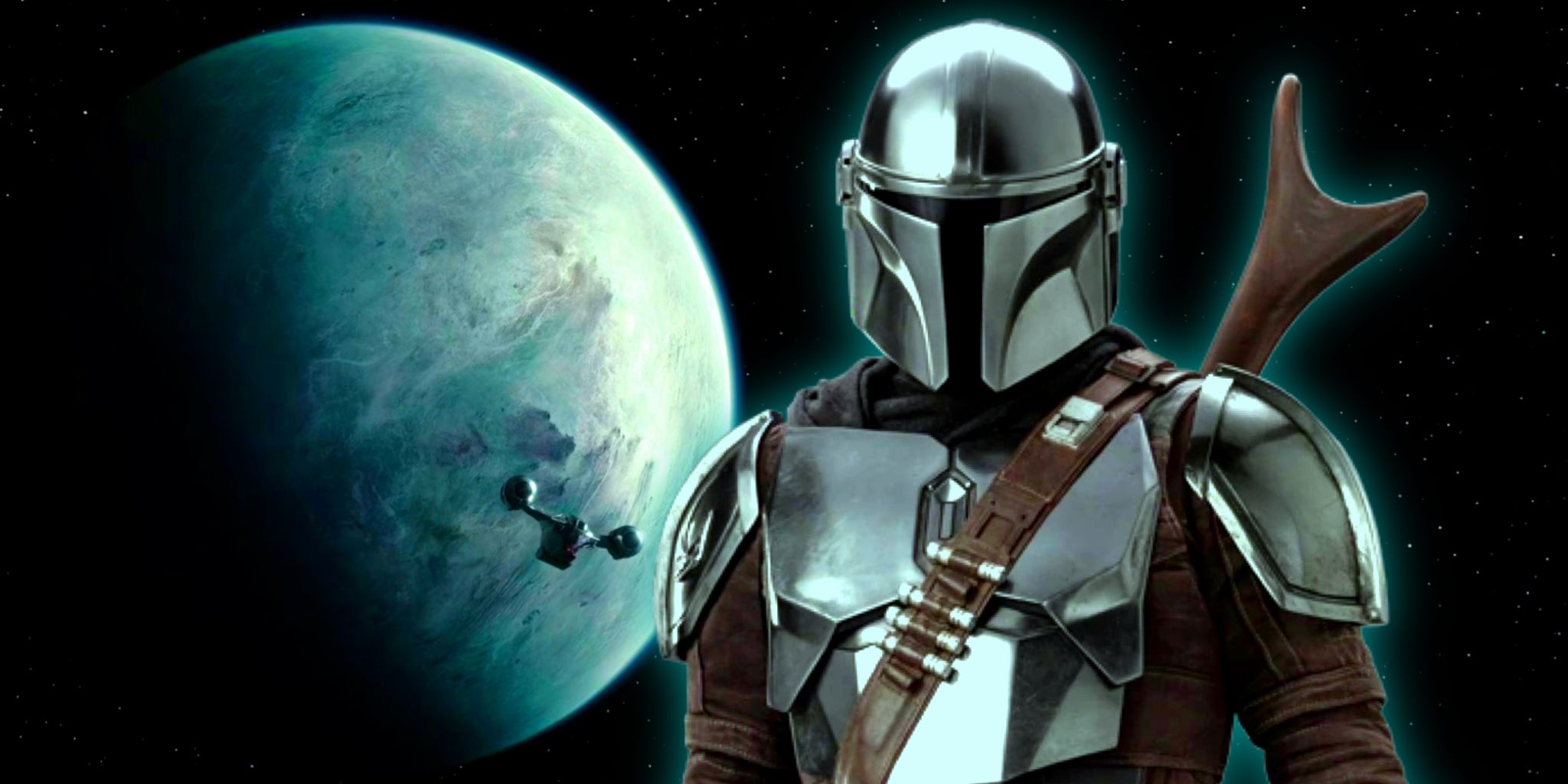
Mono-biomes are more common than expected, even within the Milky Way. Mars features some diverse geological features, but the temperature is mostly cold, and the landscape is mostly rocky. Io, one of Jupiter’s moons, is covered in volcanoes that prevent the moon from having any sort of diverse ecosystem. Half of the planets in the solar system are simply gas giants that have no solid surface and therefore no biomes at all. If the solar system can be used as an example for the rest of the universe, then mono-biomes appear to be the norm.
Earth Is An Exception, Not A Standard
Earth’s Biomes Are Rare, & Thus It Makes Sense Not To Replicate Them
Earth is the most common reference point to compare other planets to as it is humanity’s home. Earth, however, is a strange planet compared to the rest of the galaxy astronomers have studied. It has all the right conditions to support intelligent life, from its distance to the sun to the water found on its surface. Mark Brake explained why using Earth as a benchmark to compare the planets of Star Wars to might not be the most useful method.
Here’s the thing about those mono-climates on The Mandalorian and in the Star Wars Universe. Sure, if you use planet Earth as your analog, as your comparison, fictional alien worlds are not going to compare well. But as we have seen through the space exploration of the Solar System and, by extrapolation, exoplanets in deep space, other Galaxies have their fair share of mono-biomes, even if they are not all breathable to humans. Maybe we should give The Mandalorian a break. The creators of the Star Wars Universe took an intelligent punt on planetary worlds back in 1977, a time before we had discovered very much at all about the planetary worlds and Moons in our own backyard.
What started as a guess from a time when the universe was largely unexplored was later proven right. Star Wars has always had some of the most interesting planets in science fiction, and their scientific accuracy only makes them better. From Moraband’s similarity to Mars to Bespin’s similarities to the solar system’s gas giants, the galaxy far, far away seems more like a place that could exist in the universe than complete fiction. Though they may not resemble Earth, they do resemble other real planets.
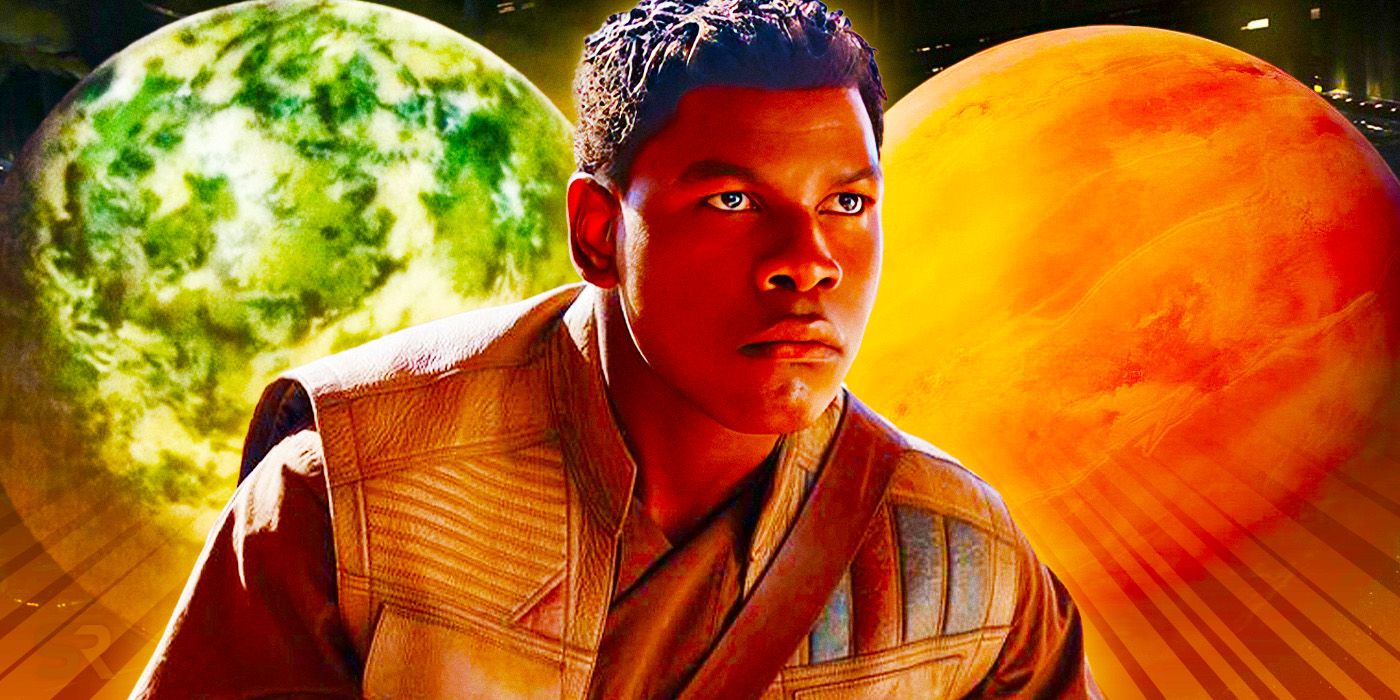
Related
10 Most Exciting Star Wars Planets, & Why They’re So Important
Over the years, there have been many interesting planets to come out of Star Wars. Many of them are unique and have had direct impacts on the story.
Do Any Planets In Star Wars Not Have A Mono-Biome?
The Only Planet That Comes Close Is Naboo
While mono-biomes are the norm both in Star Wars and the universe at large, some planets have showcased more diverse ecosystems. The best example of a planet with a range of biomes is Naboo. From sprawling swamps, lakes, and oceans to varied landscapes like grasslands, mountain ranges, and hills, Naboo was a huge deviation from other mono-biomes. Naboo was not alone, though, as other diverse planets like Alderaan, with its diverse geography, and Ahch-To, with its diverse weather patterns, also filled out the galaxy. Even Coruscant was once ecologically diverse, with mountains and varying temperatures, before the super-city’s construction.
The planets in the Star Wars galaxy may largely only feature single biomes, but the galaxy as a whole is incredibly diverse. Each planet serves a distinct role and offers unique challenges and opportunities. Even though mono-biomes are very different from Earth, they are representative of the majority of the planets in the universe. Whatever new planet is introduced to Star Wars next may not have different climates and geography, but it will be an interesting take on what the farthest reaches of space could look like.
All Star Wars movies and TV shows are available to stream on Disney+

Star Wars
- Created by
-
George Lucas
- First Film
-
Star Wars: Episode IV – A New Hope
- Cast
-
Mark Hamill
, James Earl Jones
, David Prowse
, Carrie Fisher
, Harrison Ford
, Daisy Ridley
, Adam Driver
, Ian McDiarmid
, Ewan McGregor
, Rosario Dawson
, Lars Mikkelsen
, Rupert Friend
, Moses Ingram
, Frank Oz
, Pedro Pascal
